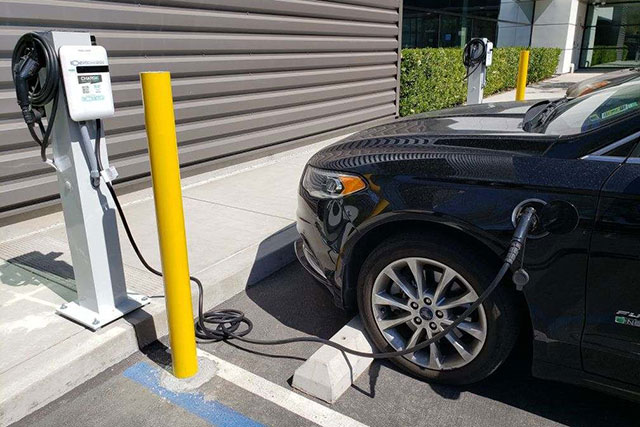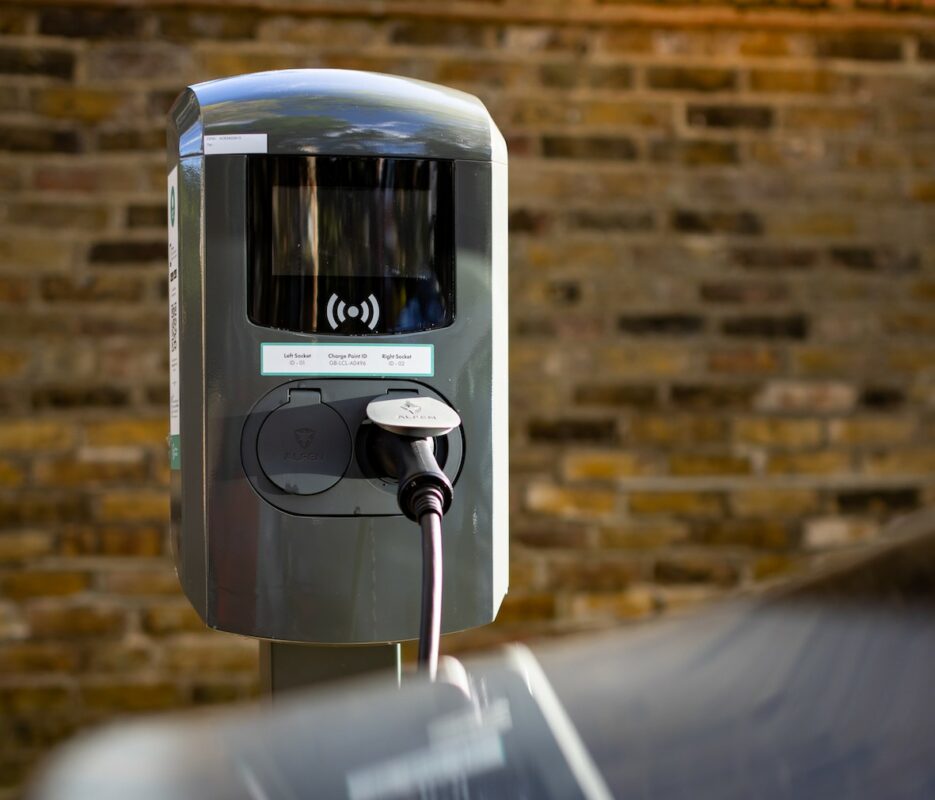New Dope in EV Charging: How the Sector Is Advancing to Meet Need
As the electric lorry (EV) market remains to broaden, the charging infrastructure is undertaking significant makeovers to address the rising demand. Key developments in ultra-fast billing innovations, combined with wise grid assimilation, are reshaping the landscape. Moreover, developments in battery modern technology assurance enhanced performance and sustainability. The pursuit of global charging requirements continues to be a critical factor in making it possible for seamless user experiences and widespread fostering. The effects of these improvements raise crucial concerns concerning the future of EV billing and its duty in the broader energy ecological community.
Growth of Charging Framework
The rapid development of electrical vehicle (EV) billing facilities is a crucial component in helping with the extensive adoption of electrical flexibility. As governments, private firms, and consumers significantly identify the significance of minimizing carbon exhausts, financial investments accountable networks have surged. This facilities growth is vital to relieve range anxiety, ensuring that EV individuals have convenient accessibility to charging terminals.
Considerable improvements accountable station modern technology and implementation approaches have actually emerged. Urban locations are seeing an expansion of public billing terminals, while rural areas are slowly being incorporated right into the billing network. In addition, collaborations in between automotive producers and billing companies are coming to be extra typical, facilitating the facility of thorough networks that improve user experience and accessibility.
Furthermore, the integration of renewable power sources into billing terminals is gaining energy, promoting sustainability in the EV ecosystem. This shift not only supports environmental goals but likewise lines up with the rising demand for eco-friendly power options amongst consumers.
Ultra-Fast Charging Technologies
Ultra-fast charging innovations represent a significant leap forward in the EV charging landscape, making it possible for electric vehicles to charge in a portion of the time contrasted to standard billing approaches. These innovations typically supply power degrees going beyond 150 kW, with some systems getting to up to 350 kW or even more, considerably lowering billing times to just 15-30 minutes for a substantial charge.
Secret enabling technologies include improvements in battery chemistry, power electronics, and thermal management systems. High-capacity batteries with improved thermal security allow for faster billing without overheating. EV Charging news. Additionally, growths in billing infrastructure, such as liquid-cooled cable televisions and modular billing stations, promote reliable power transfer, enhancing the overall user experience
Significant auto producers and modern technology firms are proactively spending in ultra-fast billing networks, recognizing the critical duty they play in getting over array anxiety and speeding up the adoption of electric vehicles. As these innovations come to be a lot more extensively offered, the EV market is expected to witness considerable development, making electric mobility a more eye-catching alternative for customers. In general, ultra-fast billing modern technologies are critical in shaping the future of lasting transport, leading the way for a more efficient and considerable charging ecosystem.
Smart Grid Combination

Through demand feedback approaches, clever grid systems can readjust charging routines based on grid problems and power prices. As an example, throughout durations of high demand, charging can be postponed to off-peak hours, causing lower costs for customers and reduced strain on the grid. In addition, Bonuses vehicle-to-grid (V2G) innovations enable EVs to discharge energy back right into the grid, supplying secondary services and the original source enhancing grid stability.
Assimilation with renewable energy resources further improves the sustainability of EV billing. By straightening charging tasks with periods of high solar or wind generation, clever grids advertise a greener charging infrastructure. Ultimately, smart grid integration not only sustains the growing demand for EVs yet additionally adds to an extra sustainable and resilient power future, placing the market for lasting success.
Battery Technologies
In the middle of the fast advancement of electrical lorries (EVs), battery innovations stand at the forefront, driving improvements in performance, sustainability, and performance. As the need for EVs surges, manufacturers and researchers are concentrating on boosting battery modern technologies to address challenges such as range anxiousness and billing times.
Lithium-ion batteries continue to be one of the most extensively made use of innovation, yet new materials and chemistries are emerging to improve power thickness and durability. Solid-state batteries, for example, guarantee better power storage capacity and enhanced safety by changing fluid electrolytes with solid ones. This shift might significantly minimize the risk of fire and increase the life expectancy of batteries.
Additionally, developments in battery recycling procedures are critical for sustainability. Business are creating techniques to recuperate valuable products like lithium, cobalt, and nickel from used batteries, promoting a round economy and reducing ecological impact.

International Billing Requirements

Efforts are underway to develop global billing standards that assist in compatibility amongst different EV models and billing terminals. Organizations such as the International Electrotechnical Payment (IEC) and the Society of Automotive Engineers (SAE) are working collaboratively with vehicle producers and energy companies to create extensive guidelines. EV Charging news. These standards objective to streamline the charging procedure, reduce the need for numerous adapters, and enhance individual experience
In addition, standardization can dramatically bolster the expansion of the billing network, as it encourages financial investment by making facilities advancement more effective and predictable. As the EV market develops, a unified strategy to billing standards will be important for making certain that customers can bill their lorries conveniently and reliably, thereby supporting the more comprehensive change to sustainable transportation.
Conclusion
The electrical lorry charging sector is undergoing substantial improvement to deal with the surging demand for lasting transport. Improvements accountable infrastructure, ultra-fast innovations, smart grid integration, and innovative battery solutions are critical in enhancing individual experience and operational performance. The search of global billing standards is crucial for ensuring interoperability across various regions and systems. Jointly, these developments position the sector to sustain a more comprehensive adoption of electric lorries, eventually adding to an extra lasting future.
Urban locations are seeing a proliferation of public charging terminals, while country regions are gradually being integrated into the billing network. Additionally, advancements in billing framework, such as liquid-cooled cables and modular billing stations, help with reliable power transfer, boosting the general customer experience.
On the whole, ultra-fast billing modern technologies are essential in forming the future of lasting transportation, paving the means for a more comprehensive and effective billing environment. - EV Charging news
By aligning charging activities with durations of high solar or wind generation, clever grids advertise a greener charging infrastructure.Initiatives are underway to develop global charging criteria that facilitate compatibility among numerous EV designs and charging terminals.
Comments on “How to Make Smarter Decisions in EV Investments by Buying EV Charging news”